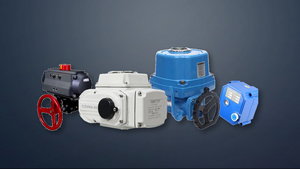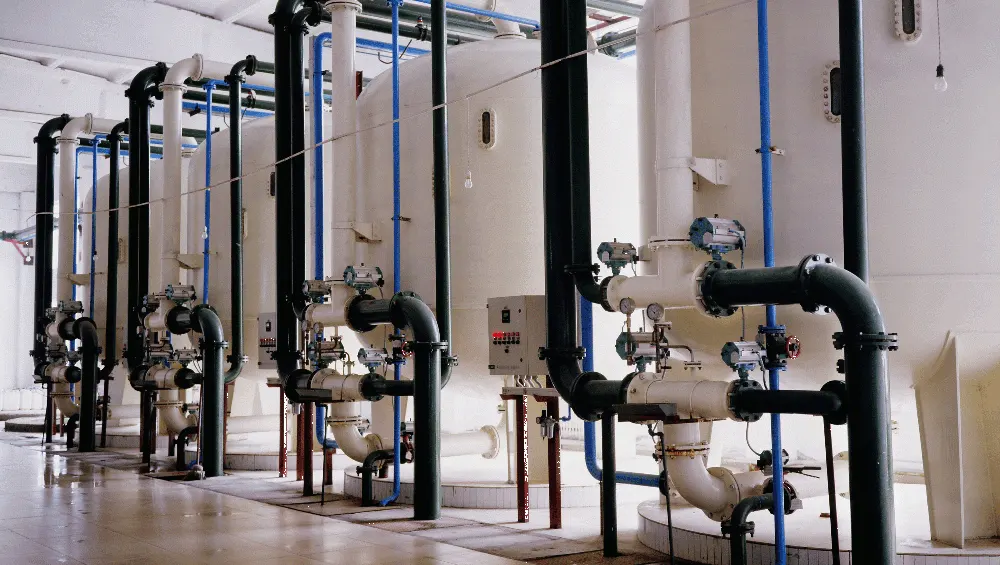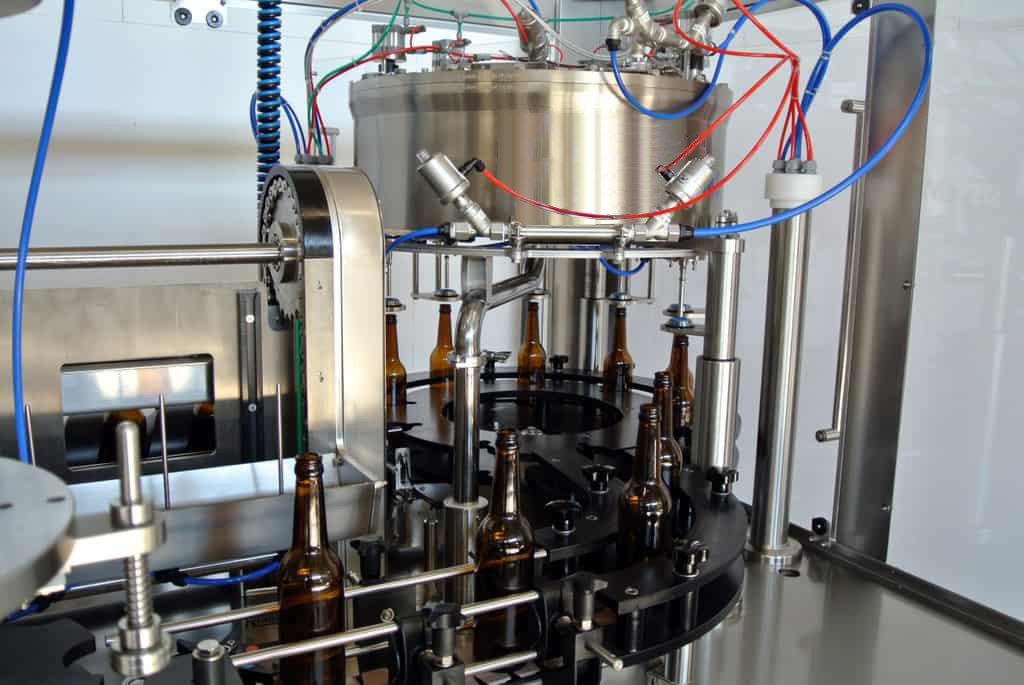source: https://tameson.com/chemical-resistance-of-materials.html
Valve body materials
The most common body materials for the valve body are brass, stainless steel and nylon. Brass is the most popular material for solenoid valves. It is very robust and resistant to many chemicals, but for example less suitable for sea water or distilled water. Stainless steel is recommended for corrosive media, such as seawater. Moreover, it is wear-resistant, which makes it very suitable for intensive use. Nylon is the cheapest variant, has good mechanical properties and is suitable for many media.
| Body | Description |
| Brass | Robust and most used for solenoid valves. Suitable for neutral and non-corrosive media. |
| Stainless Steel | Very durable which makes it suitable for intensive use. Suitable for aggressive media and corrosive media like seawater. |
| Nylon | Inexpensive and reasonable mechanical and chemical properties. Commonly used for irrigation and small household appliances. |
Seal materials
EPDM (Ethylene – Propylene – Diene Monomer), FKM (Fluorine Rubber, Viton), PTFE (Teflon) and NBR (Nitrile butadiene rubber or nitrile rubber) are the most commonly used seal materials . EPDM is recommended for (hot) water, FKM is usually recommended for (compressed) air, oils and fuels. NBR is a synthetic polymer and suitable for neutral liquids such as water or hydraulic oil at temperatures up to 75°C. In general, EPDM and FKM have better properties and it is in most cases recommended to choose one of these polymers instead of NBR. Moreover, the price of NBR, EPDM and FKM is almost equal nowadays. PTFE (Teflon) is the most inert material of the four seal materials. It is resistant to almost all chemicals. Its relatively hard, which makes it suitable for higher operating pressures and temperatures. Please note that several factors may affect the performance, such as the ambient temperature, the concentration and the operating pressure.
| Seal material | Advantages | Disadvantages |
| NBR (Nitrile rubber) | Good resistance to compression, tearing and wear. Compatible with oil products, solvents and alcohol. | Sensitive for weather influences, moderate temperature resistance, unsuitable for brake fluid and polar solvents. |
| EPDM | EPDM is very suitable for water, steam, ketones, alcohols, brake fluids, acids/alkalis in low concentrations. Very good resistance to weather influences and ozone. | Poor resistance to oil, grease and solvents. Unsuitable for aromatic hydrocarbons. |
| FKM (viton) | Very good overall chemical resistance. The temperature range is between -10°C and 130°C. Good mechanical properties, resistance to compression set, sutaible for high temperatures (not for hot water/steam). Good resistance to oils and solvents such as aliphatic, aromatic and halocarbons, acids, animal and vegetable oils. Not resistant to methanol. | Poor resistance to hot water and steam. At higher temperatures FKM swells. Unsuitable for polar solvents, certain esters and ethers, glycol based brake fluid. |
| PTFE (teflon) | PTFE is resistant to almost all fluids. The temperature range is between-20°C and 180°C. | The material is not flexible. |
Chemical resistance chart for liquids and gases
The table below shows the most commonly used media and their compatibility with the valve materials. Please note that the compatibility can be affected by temperature and concentration of the medium. The chart is developed with great care, but Tameson is not responsible for any mistakes in the table. No rights can be derived to this table. Check always carefully if the materials of the valve are compatible with the used medium.
Search for a liquid or gas:
- + = suitable (little or no effects)
- 0 = limited suitability (depending on conditions)
- – = Unsuitable
- BP = boiling point
Some media are given at certain concentrations, temperatures or other conditions.

--- END ---


















